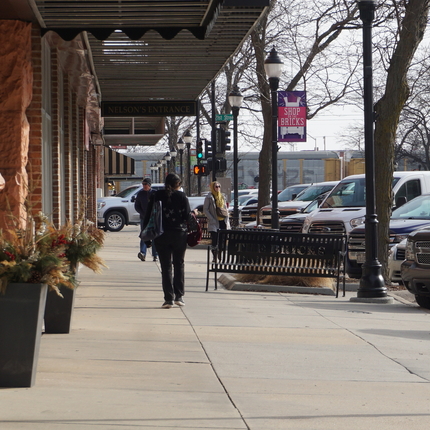For the past decade, the media has been obsessed with the idea of a growing divide between rural and urban areas, often portraying it as a deep chasm separating the nation's citizens. I've come to see this narrative as more about entertainment than a serious attempt to understand or address the actual issues at hand.
A recent example of this coverage took it a step further. Not only are we portrayed as divided, but there are now suggestions that we should make it official through a divorce. Case in point: the Greater Idaho Movement, an effort by its supporters in eastern (rural) Oregon to secede from Oregon and join Idaho. The grounds for the divorce? The rural-urban political divide.
The narrative is over-simplified and makes three critical errors.
First, the typical coverage fails to acknowledge the nuances that exist within our political landscape. It is easy to categorize entire counties or states as either red or blue, but this overlooks the reality that every geographic area in our country has a mix of Republican, Democrat, split-ticket, and non-voting individuals. No county or state is a monolith.
In suggesting that the solution to political difference is to divorce along geographic lines, the narrative ignores the diversity that lies beneath the surface. Any divided geography remains politically diverse, so not much has been achieved. The near complete absence of this analysis in the popular coverage boggles my mind.
Second, the narrative of division wrongly assumes that all rural people share a common political agenda and cultural interests, while all urban people have a contrasting agenda and interests. This generalization is inaccurate. In fact, rural communities experiencing decades of disinvestment often share a lot in common with urban areas facing disinvestment. In many ways, Lyons, Nebraska, has more in common with Detroit than Detroit does with San Francisco. Political and cultural interests do not neatly align along rural and urban lines.
Finally, and perhaps most important, when national leaders or media outlets suggest that the solution to difference is to get a divorce, they fail to grapple with the more interesting and difficult challenge of committing to the work of living in a pluralistic democracy. Unfortunately, the narrative itself has become self-fulfilling, perpetuating a sense of division and otherness.
In order for a pluralistic democracy to survive, we must be committed to the principles of democracy itself. We must commit to working together and seeking to understand one another, even in the face of disagreement. This requires engagement by journalists as well as teachers, civic organizations, political leaders, and each of us.
While politics at all levels are currently strained and difficult, distancing ourselves from one another is unlikely to be the solution. Instead, we must continue to strive to engage the democratic process and work toward a society where everyone can be a full participant.




